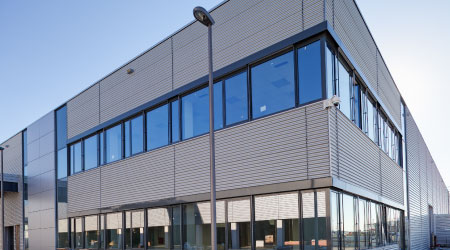Disaster Planning: Storm-Proof HVAC, Roof Systems
Roofing systems and components installed on the roof are exposed to the most brutal elements of a storm. Ochsner quickly discovered the types of roofing systems that were best able to withstand winds of more than 100 mph.
“Every solid rubber roof that we had was gone,” Walker says. “The wind kept working on the flashing, and the wind kept ripping a little more off and a little more off.”
During Katrina, most buildings on Ochsner’s main campus featured an EPDM roofing system that was rock-ballasted, Klein says. The EPDM roof is a solid membrane, so when the wind took hold of one portion of the roof, the rest followed, Carpenter adds.
Roofs that did survive Katrina were four- or five-ply, mopped-down systems, Carpenter says. Managers since have specified these systems with silver coatings for all facilities.
Managers at Ochsner also learned lessons related to HVAC systems. The air-handling units on top of Ochsner’s main campus had lost most of their filters because the storm soaked the filters, which fell into the unit, Carpenter says. This problem occurred in any air-handling unit that was functioning during the storm.
“Being that we were running, our louvers were open, and we were sucking in that air, along with about 115-mph winds blowing,” Carpenter says. To avoid this problem, managers now remove the filters before a storm, he says.
Surviving Katrina also gave managers insights for neutralizing certain challenges posed by storms in the design and construction phases of building renovations and new construction.
“As your building grows and you start to do more and more additions, the one thing that’s good to focus on is not putting all your controls actually outside in the weather,” says Terry Dillenkoffer, chief engineer and facilities manager at Ochsner. “When you might add a unit to a building and you stick it on the roof, you want to put just the bare minimum (outside).”
Related Topics:
















